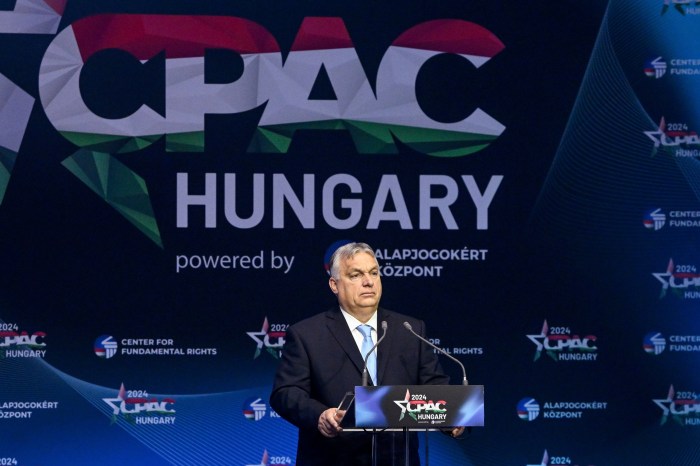Most automakers are staking their futures on developing alternate means of propulsion, including electric and/or hydrogen power as well as gas-electric hybrid vehicles.
Not Mazda.
The company plans to keep it simple and stick to petroleum, but Jim O’Sullivan, chief executive officer for North American operations, says that when it comes to the future of cars, efficiency is important, but it doesn’t begin and end under the hood.
“SkyActiv is not just an engine; it’s the next generation of advanced vehicle performance and efficiency that embodies Mazda’s philosophy of engineering only vehicles that are fun to drive, satisfying to own and environmentally responsible.”
The main premise behind SkyActiv is that, for at least the next decade, the internal-combustion engine will continue to power most of the world’s automobiles. The aim then is to perfect internal combustion and make it — and the rest of the car around it — as efficient as possible.
That means better transmissions, stronger and lighter bodies, better electronics, improved aerodynamics and even better steering.
The new SkyActiv 2.0-litre gasoline four-cylinder engine has an unusually high compression ratio, which is the cylinder volume with the piston at the bottom of its cycle, versus the compressed cylinder volume with the piston at the top. Typically, this ratio is between 10:1 and 12:1, the latter for performance vehicles running premium fuel to stifle detonation. The SkyActiv engine also has 12:1 compression, but, amazingly, uses regular-grade fuel.
Mazda says that a higher compression ratio increases thermal efficiency, which is a good thing. Compared to Mazda’s conventional 2.0-litre four-cylinder, the SkyActiv engine increases torque by 15 per cent, cuts the carbon dioxide emissions by 15 per cent and boosts fuel economy by 15 per cent.
If the SkyActiv gasoline engine can achieve all this, wait until you see what tricks Mazda’s SkyActiv diesel engine can perform.
Here, Mazda has rejected the conventional high-compression approach and created the world’s lowest-compression turbo-diesel, rated at 14:1 (the ratio on Volkswagen’s popular 2.0-litre turbo-diesel is 16.5:1).
Compared to Mazda’s current European diesel, the new higher-revving piece and its more efficient turbocharger help deliver increased torque while upping fuel economy by a healthy 20 per cent.
But SkyActiv is more than just engines. There will also be improvements in shifting with both automatic and manual transmissions.
In addition, a lighter, yet more rigid body structure is part of the SkyActiv plan, as well as major changes to the suspension and steering systems that are meant to deliver a more comfortable, agile drive.
From a business standpoint, SkyActiv certainly has merit.
Mazda is focused on improving cars that most people are likely to buy — and the high-volume Mazda3 nonetheless — while it pays close attention to what green technology eventually emerges as the most viable, at which point it can jump right in on the heels of the billions of dollars spent by other companies.


















